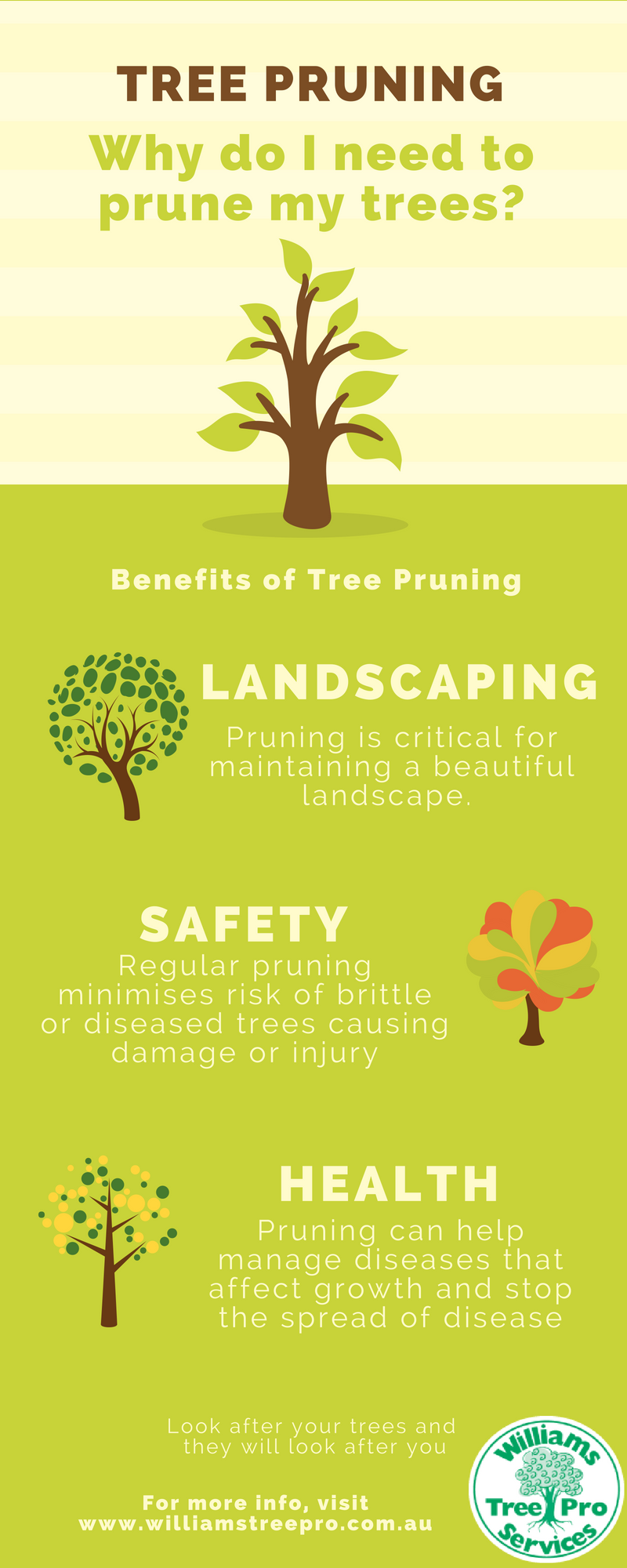Guarding Your Landscape: Replanting After Tree Removal
Guarding Your Landscape: Replanting After Tree Removal
Blog Article
Write-Up Written By-Hussein Thomassen
Tree removal can leave a gap in your landscape that requires dental filling. You can plant something brand-new in that area, but it takes extra treatment and interest at the starting to help it prosper.
see this website in that area will certainly keep changing in time as microbes break down the old origins. http://www.thecourierexpress.com/news/local/landscape-design-ideas-and-advice-for-beginners-from-pro-dubois-landscaper/article_3c0c005b-1d5d-5842-a0a7-2e148f7d76b3.html can influence the nutrition equilibrium and physical space for new development.
Dirt
The dirt in a plot where a tree has actually been removed is likely to be extremely various from the remainder of your yard or backyard. The roots of the old tree and the stump will have transformed the dirt, getting rid of some nutrients and possibly crowding out other plants. In addition, if the previous tree was infected, the transmittable agent might still be in the ground.
The existence of roots promotes a rich and diverse area of dirt bacteria that improves vital processes like vitamins and mineral cycling and organic matter decomposition. Without these bacteria, the displaced soil can come to be much less abundant and nutrient-depleted, with an unfavorable effect on plant development.
Before replanting, the dirt needs to be removed of debris and organic product (such as wood chips from stump grinding). You may desire to mix in potting dirt or native dust with this garden compost to give your new planting with an environment that is well balanced and packed with nutrients.
Water
Tree roots absorb huge quantities of water from the soil. This process likewise adds nutrients back to the soil, especially nitrogen, which is important for brand-new trees and plants. Regrettably, old soil can be diminished of these important minerals because of the worn out roots and stump from a removed tree.
This is why it is necessary to have a plan for the future of your landscape. Ideally, the very best time to plant is when you have a clean slate.
Whether you're growing grass or blossoms, make sure to make use of a soaker pipe to stay clear of overwatering your new landscaping. If the area was a yard, ensure to cover the dirt with natural compost to aid keep dampness in the dirt, regulate soil temperatures and reduce weeds. This also supplies a layer of protection for young plants and advertises worm task. Then, consistently replenish the mulch to continue enhancing the dirt nutrient density and microbial life. This is called dirt remediation.
Light
Trees are an excellent addition to any kind of landscape, providing shade, aesthetic pulchritude, and lots of other advantages. However, in some cases trees end up being unpleasant due to a variety of factors, consisting of condition, bug invasions and natural aging.
In such situations, it may be needed to get rid of a tree. It's important to think about the worth of a specific tree in your landscaping and take the appropriate steps to ensure that the elimination is done securely and successfully.
During the late summer season, it's an optimal time to do maintenance and evaluations on existing trees. Try to find indications of illness, insect infestations, or structural damages, in addition to any possible hazards such as weakened or leaning trees.
Before starting any building and construction tasks, make sure to safeguard the origin zones of existing trees by preventing soil compaction and rating around them. Raw material, as it breaks down, can produce harmful gases that are destructive to the origins of a tree. It's additionally a great concept to mulch the area around a tree after building has completed to save dampness and reduce weed development.
Temperature
Trees are necessary to a landscape for their visual charm, however they additionally play a vital function in the neighborhood ecological community by offering color and windbreaks. They sustain wildlife environments and minimize the amount of carbon dioxide airborne, which can add to global warming. This is why it is recommended to replant trees after getting rid of one from the residential property.
When replanting a new tree in the location of a previous stump, the soil may not have enough nutrients to sustain it. It is best to wait for a year prior to planting to make sure that the soil will certainly be rich in nutrients.
To make certain that replanted trees thrive, it is crucial to offer them with appropriate care. A layer of compost will certainly keep dirt wetness from evaporating, control dirt temperature, and help suppress weeds. Organic mulch is the recommended selection because it improves dirt fertility. Continuous fertilization and parasite control are likewise necessary for replanted trees.